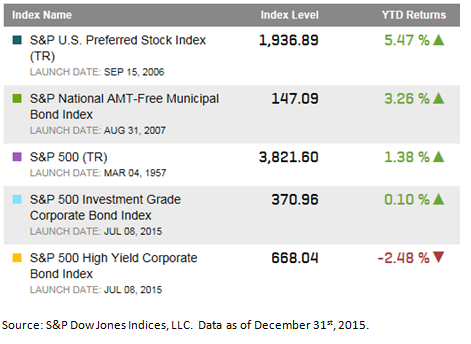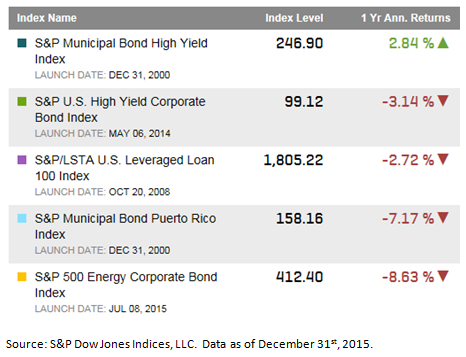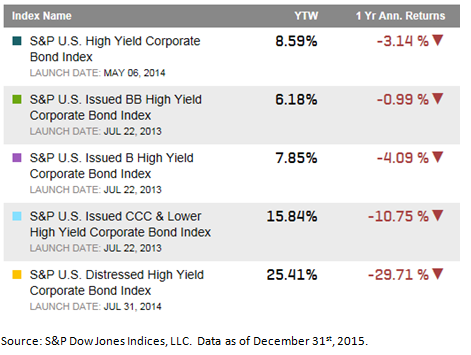While Washington policy experts ponder how best to advance Public-Private Partnerships (P3) as a solution to the underfunding of U.S. infrastructure needs, they should look no further than to colleges and universities for a true American success story.
In recent years, privatized university housing has emerged as an important alternative by which higher education institutions use P3 financing to build new student housing capacity. Since 2010, over 64,000 new beds on more than 100 different campuses across the country have been financed, built and are being maintained by the private sector.
By way of background, P3 is a financing technique that has emerged in Western economies as a way for the private sector to provide public infrastructure. It can take various forms, but in its broadest application involves a private sector sponsor contracting for a fee with a governmental entity to finance, construct, operate, and maintain a given piece of public infrastructure such as a toll road or a bridge that remains under governmental ownership. Proponents point to various private sector efficiencies as one of the technique’s advantages.
The Obama Administration and many in the think tank world are active promoters of P3, and this approach is often positioned as an alternative to the U.S. municipal bond market that historically has provided about 75% of our country’s infrastructure financing. This market is unique to the U.S. and it remains a primary reason that the P3 model has not caught on here with the same speed as it has in other countries. To date, P3 has only provided about 1% of infrastructure financing in the last 25 years.
So why has P3 in the privatized, on-campus university housing sector been so successful? There are unique characteristics of this sector that allow for P3 and the municipal market to work well together and provide a better overall solution than if a transaction was executed purely through one financing technique or the other. Said another way, convergence of the two markets (municipal and P3) delivers a better result.
An overwhelming number of higher education institutions in the U.S. have significant capital improvement and deferred maintenance plans where improvements are necessary not only to replace and restore aging facilities, but also to modernize academic programs and expand capacity. High on the list of needed improvements is student housing, a large portion of which remains dilapidated or outdated.
Unfortunately, most higher education institutions have to operate on lean budgets and, with the nation’s recent economic challenges, support for new capital projects is scarce. As an auxiliary service, student housing often falls low on the list of priorities, taking a back seat to direct education projects. Colleges and universities often have to choose between improving their educational facilities and providing new student housing, making P3 financing an attractive alternative when traditional state funding is unavailable.
Even if state funding is available, the procurement process associated with obtaining such funding can be burdensome and time consuming, often taking years to complete. P3 financing offers an alternative that is usually faster and often more cost effective than the traditional approach, allowing colleges and universities to meet their needs and the needs of their students more immediately.
Under a long standing provision in federal law, tax exempt financing is available for these projects through a 501c3 sponsor, which enters into a tri-party partnership through a long-term ground lease with its university partner, and development and operating agreements with a private sector partner that provides student housing development and management expertise. This is less often the case for other infrastructure sectors and levels the playing field for P3 in terms of the cost of financing as compared to the municipal market for student housing projects.
Additionally, there is a dedicated revenue source to pay for these new student housing rooms–typically, from the parents of students attending the college. Many infrastructure projects often do not have a specified revenue source to repay the related debt. The private sector in a P3 transaction obviously expects to be paid for the financing and other services they are providing and it is helpful to have a readily identified source of that payment in the case of privatized university housing.
As a consequence of this confluence of circumstances, American higher education is often opting to use P3 to deliver expanded housing capacity. It has the low financing cost of the municipal market and the efficiencies of the private sector in terms of development, operations and maintenance with the university transferring this responsibility to the sponsor. Note the final product is also a lot nicer than the dorms many of us Iived-in decades ago when attending college.
One example of many is the Texas A&M University System (“System”). Beginning in 2013, P3 financing was used to finance and construct approximately 4,000 beds of on-campus housing on four separate campuses of the System. The System’s Administration distributed an RFP to pre-qualify developers of student housing. Numerous firms responded, five of which were selected as qualified developers. Subsequently, these five firms competed for each project with specific requirements of design, location, construction, financing, operations and maintenance.
The System partnered with Collegiate Housing Foundation, which is a national 501c3 organization that over the last 17 years has participated in 49 projects in 23 states, to own the facilities, and also partnered with one of the qualified developers for each of the projects.
Those facilities are all now completed and open for operations. Over the next year, the System plans to utilize a similar P3 approach for three additional new construction projects, as well as the acquisition of a fourth.
Washington should be informed by the lessons of this success story. It should expand the availability of tax exempt financing to other infrastructure sectors for state and local government to advance key projects. Until it does, P3 may continue to languish as a financing alternative to the considerable backlog of U.S. infrastructure needs.
The Bond Buyer
By Chris Hamel and Michael Baird
March 7, 2016
Chris Hamel is Head of RBC Capital Markets’ Municipal Finance group.
Michael Baird is a Managing Director overseeing RBC Capital Markets privatized higher education practice.

























